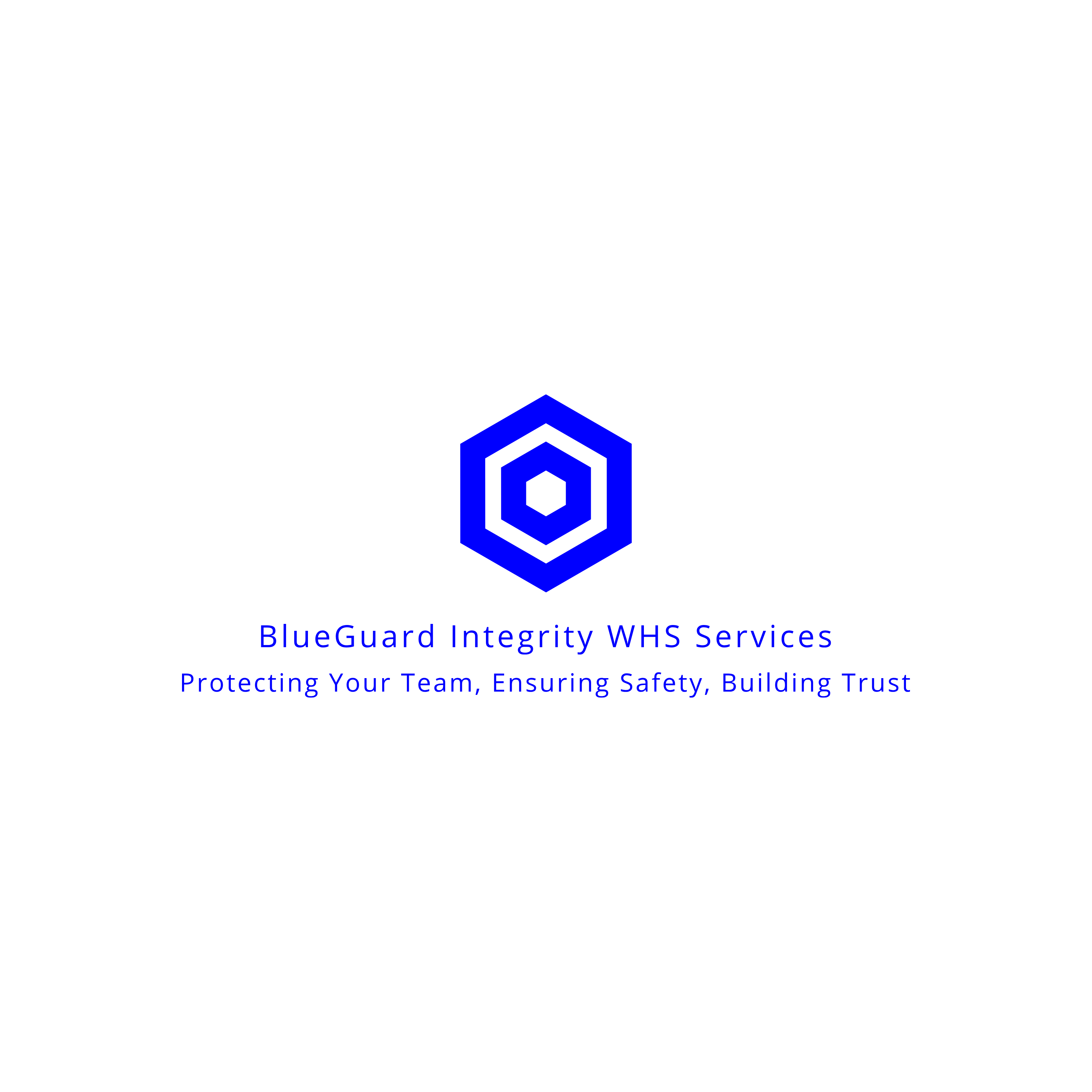When Things Go Wrong: Responding to Workplace Incidents in Western Australia
- Rob Hubbard

- Jun 9
- 2 min read
Workplace incidents don’t just affect systems and schedules — they affect people. Whether it’s a serious injury, a near miss, or a conflict between colleagues, the ripple effect can leave emotional, psychological, and organisational scars.
In our experience — with over 20 years of combined policing in WA — we’ve seen firsthand the trauma that can follow when critical incidents aren’t handled with care, clarity, and purpose. It's not just about what happened. It's about why it happened — and how to ensure it doesn't happen again.

The Real Impact of Workplace Incidents
In high-risk industries across WA, we know people pride themselves on getting the job done. But when someone is injured — or even shaken — at work, it changes things. Confidence drops. Trust can erode. Teams become hesitant.
That’s why incident response needs more than forms and policies. It needs compassion, professionalism, and a clear plan for understanding what went wrong — and learning from it.
Learning Through Method, Not Blame
When an incident occurs, knowing how to respond can be the difference between resolution and escalation. Here are some defined steps to handle workplace incidents effectively:
To learn from incidents properly, we use structured, proven methods:
ICAM (Incident Cause Analysis Method): Looks at the whole system, not just individual actions.
5 Whys: Gets to the underlying cause quickly and simply.
Root Cause Analysis: Helps prevent the same issue happening again — especially for repeat or serious incidents.
These methods don’t seek blame. They seek clarity. They help teams understand contributing factors like fatigue, communication breakdowns, or unclear procedures — things we saw often in our policing careers.

From Reaction to Prevention
Every incident is an opportunity to improve. When approached the right way, post-incident reviews become a turning point for culture, trust, and safety.
This might mean:
Updating procedures that don’t reflect how the job’s really done
Providing more targeted training
Identifying where communication broke down
Installing simpler systems so hazards are reported earlier
The process matters — not just the paperwork.

Final Thought
Incidents will always happen. But how a workplace responds — with empathy, structure, and a commitment to learn — can make all the difference.
It’s not just about compliance. It’s about doing right by your people. The best workplaces are the ones that don’t hide from incidents — they grow from them.




Comments